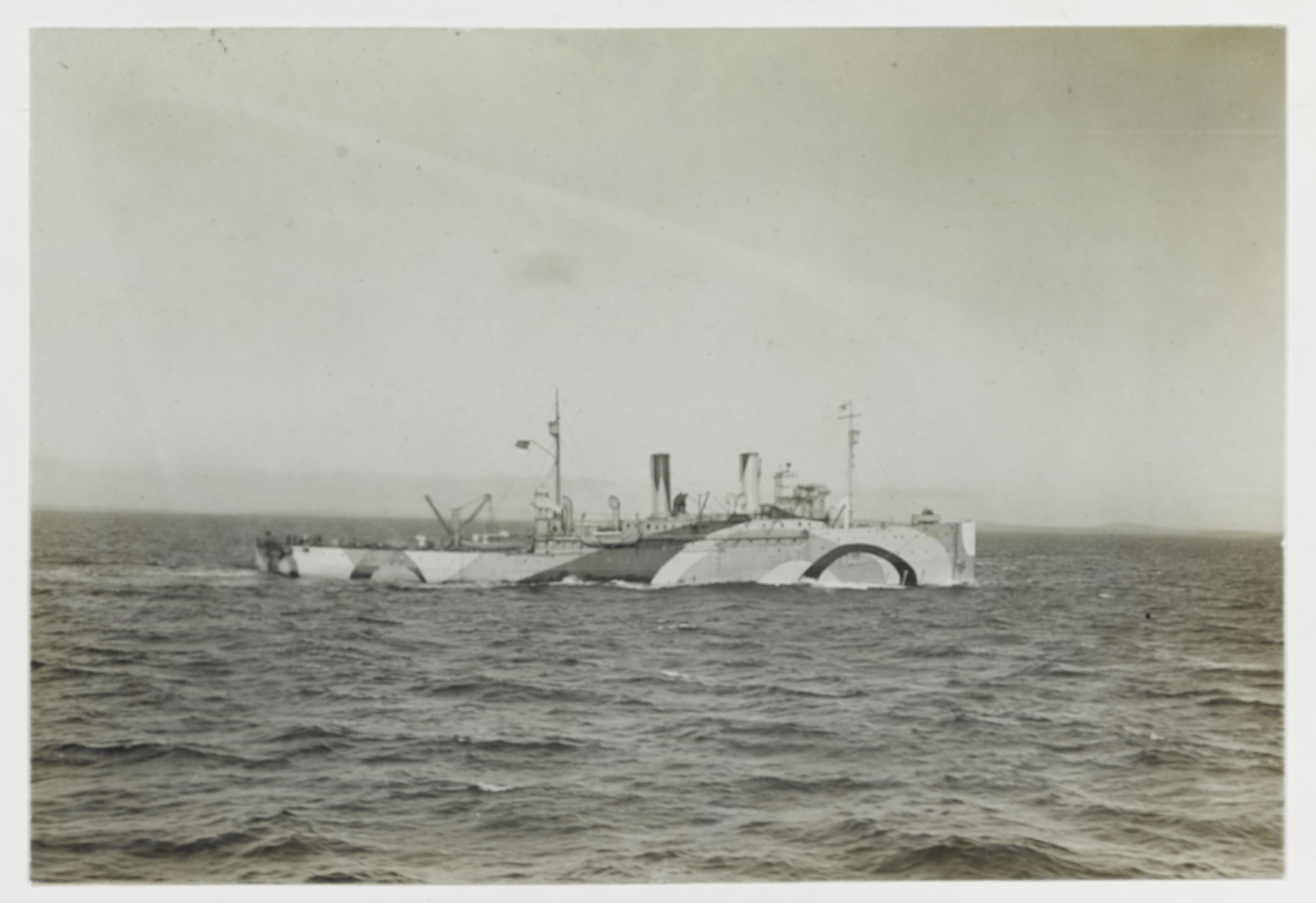 Eustis Estate
Eustis Estate
Murphy Learning to Look 2
Hermann Dudley Murphy’s gift for juxtaposing strokes of color is evident in this scene of Venice. This flickering effect—influenced by his absorption of Impressionist and Post-Impressionist aesthetics that had made their way from Europe to America—is completely different from the more hard-edged, firmly drawn vision of Venice conveyed by an unknown artist in this gallery.

Right: Unknown artist, Piazza San Marco, Venice, 1730–90, oil on canvas, 33 x 41 in., Gift of Dorothy S. F. M. Codman, 1969.849.
Murphy’s understanding of how colors interact was one factor in his later becoming the U.S. Shipping Board’s Chief Inspector for Camouflage during World War I. Hundreds of artists joined the American armed forces’ and merchant marine’s camouflage effort, applying their knowledge of nature and optics to the visual concealment of ships, tanks, and other objects.
